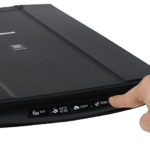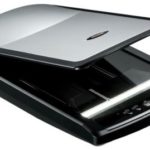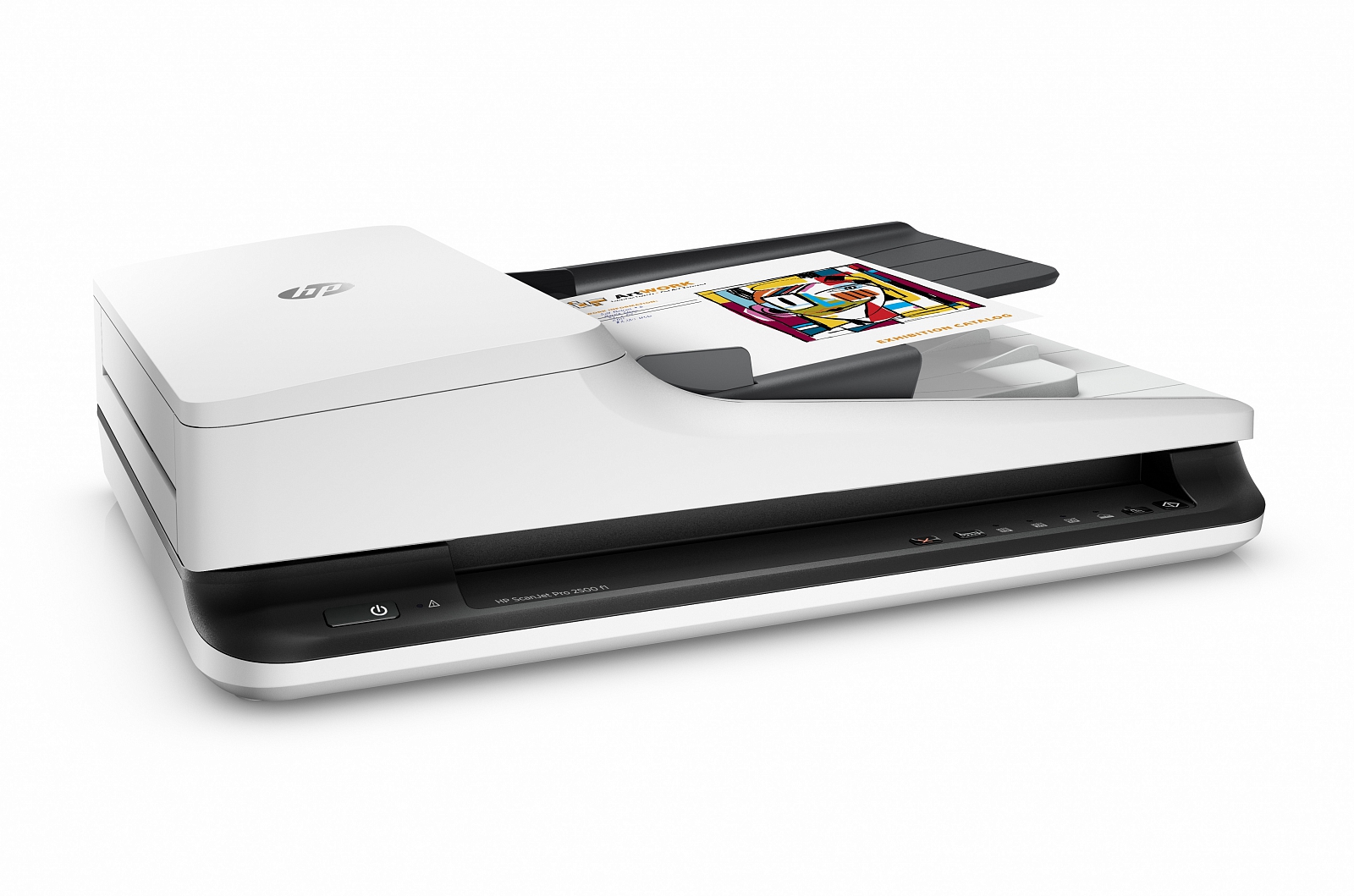DIY 35mm film scanner
 More recently, photographs were taken with analogue cameras. The resulting photographs were displayed on film, which then had to be developed and printed in special laboratories. This was done by professionals working in a photo studio. Very little time has passed and digital technologies have replaced outdated ones. The process of taking photographs and then obtaining finished images has been greatly simplified. However, many people still have a large number of negatives that, for various reasons, they would like to develop and print. This can be done now - at home without the use of special devices.
More recently, photographs were taken with analogue cameras. The resulting photographs were displayed on film, which then had to be developed and printed in special laboratories. This was done by professionals working in a photo studio. Very little time has passed and digital technologies have replaced outdated ones. The process of taking photographs and then obtaining finished images has been greatly simplified. However, many people still have a large number of negatives that, for various reasons, they would like to develop and print. This can be done now - at home without the use of special devices.
The content of the article
Homemade scanner for 35 mm film
The easiest way to digitize film quickly and without problems is in a special workshop. There are many companies that provide this service. But this usually takes a lot of time and is not cheap.
ATTENTION! Very often the film contains footage that you don’t want to show to strangers. This should be taken into account when contacting the workshop.
You can also purchase a scanner and digitize the film yourself. This will allow you to select only the necessary frames.
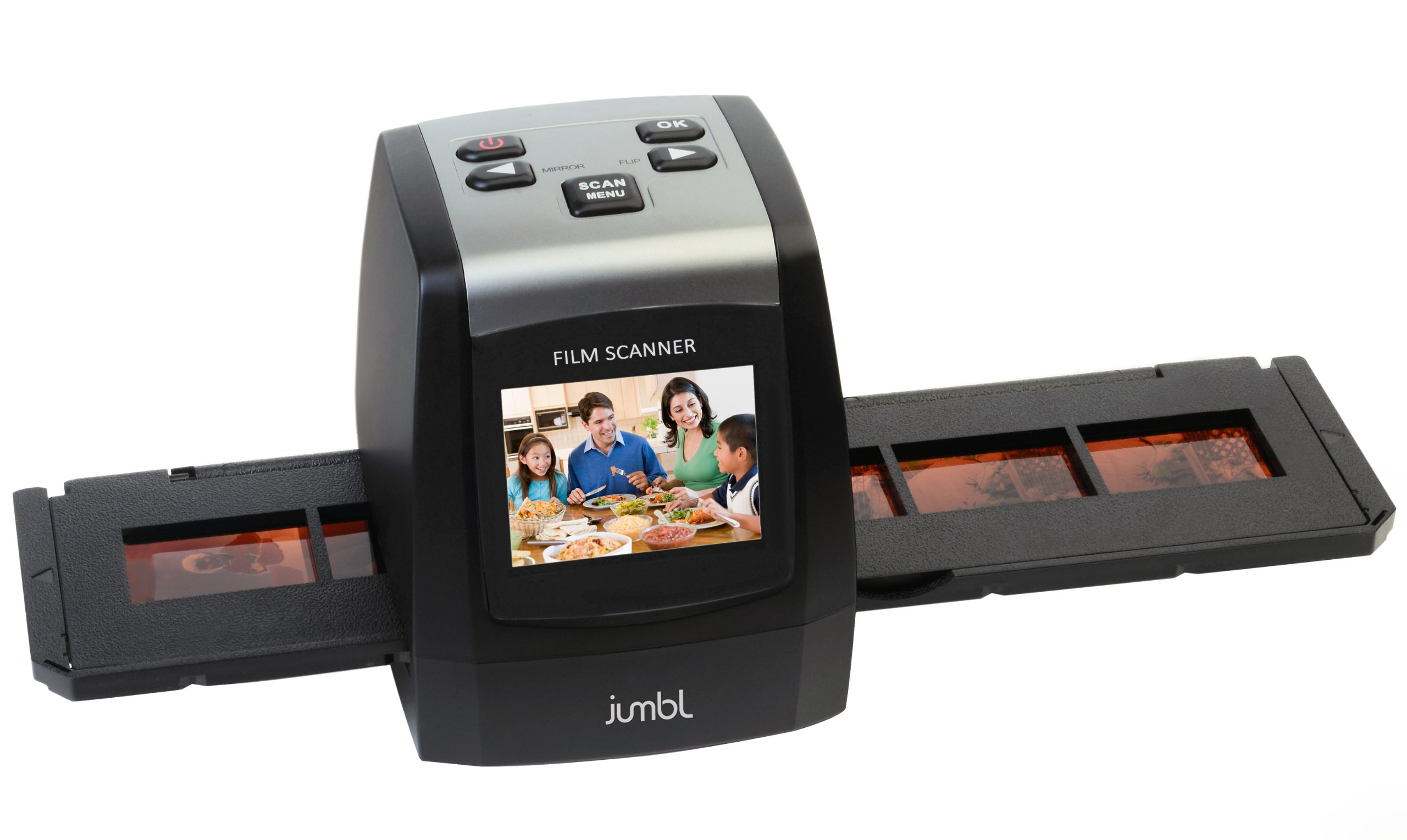
However, the most common option is to make a homemade scanner.This is quite simple to do, and you don’t need to purchase anything special. A homemade device can be made from materials available in any home. To do this you will need:
- Cardboard box. The best option is a shoe or juice box. They are dense, which will prevent light from entering inside.
- A digital camera or smartphone with a good camera and flash.
- Source of diffused light. Typically, daylight, flash, or a table lamp are used.
- White paper - to diffuse the light beam.
- Glass or piece of plastic.
- A plastic cup.
Once all the materials have been prepared, you can begin assembling the product.
Step-by-step production of a homemade film scanner:
- You need to make two holes in the cardboard box. One of them should be located at the end of the box and have a rectangular shape. The second one needs to be shaped into a circle and cut out in the bottom of the box. The size of the round hole depends on the light source.
- A white sheet of paper needs to be rolled into a tube and placed inside the box, inserted through a round hole. There it will take its original form and in the future will serve as a light beam diffuser.
- Glass or a piece of plastic should be used to cover the hole located at the end of the box. This must be done using glue or tape for fixation.
- Next, you need to cut off the bottom of the plastic cup. The resulting hole will house the lens of a digital camera.
- You need to make a film holder from a small piece of cardboard.
- You need to insert the film into the clamp, and then place it on the fixed glass or piece of plastic.
- Place a glass with a cut bottom on top.
- You need to set the camera to “Macro photography” mode, and then place it on the glass. The lens should be pointing down. If you are using a smartphone, then you need to set the mode to “Negative”.
- Turn on the backlight and take a photo.
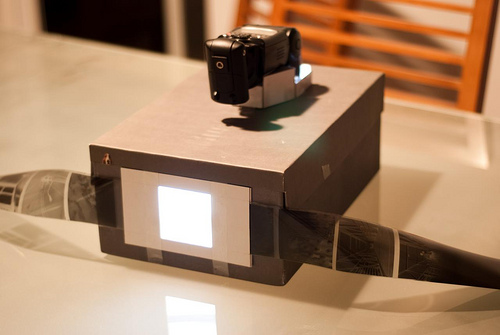
In the same way, you need to take photographs of all frames on the film.
After the photos are transferred to the memory of your phone or digital camera, the device must be connected to a computer or laptop. All resulting photographs should be copied and inverted, that is, ordinary photographs should be made from the resulting negative.
ATTENTION! The quality of the resulting photos will depend on the resolution of the smartphone or digital camera camera!
Do-it-yourself scanner for negatives: several ways
You can use more than just a juice box or shoe to make a homemade scanner. The following materials are often used for this:
- PVC pipe. The design is quite small in size. Ordinary daylight can be used as a light source. The diffuser in such a product is located immediately behind the film.
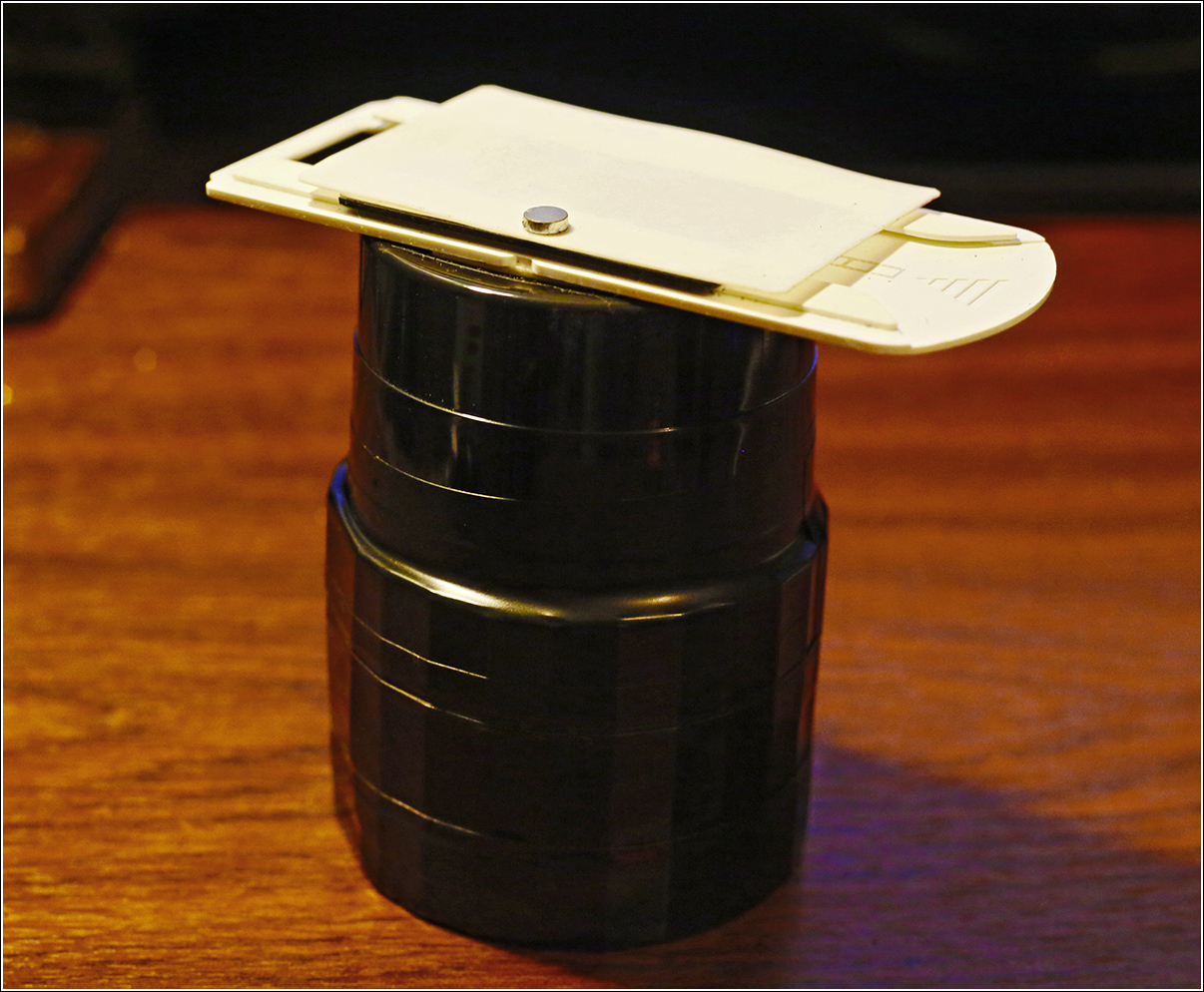
- Styrofoam. The assembly principle is the same, just replace the box with foam. The camera here is located on top of the homemade scanner.
Making a scanner yourself is quite simple. This will require ordinary materials that can be found in any home.

